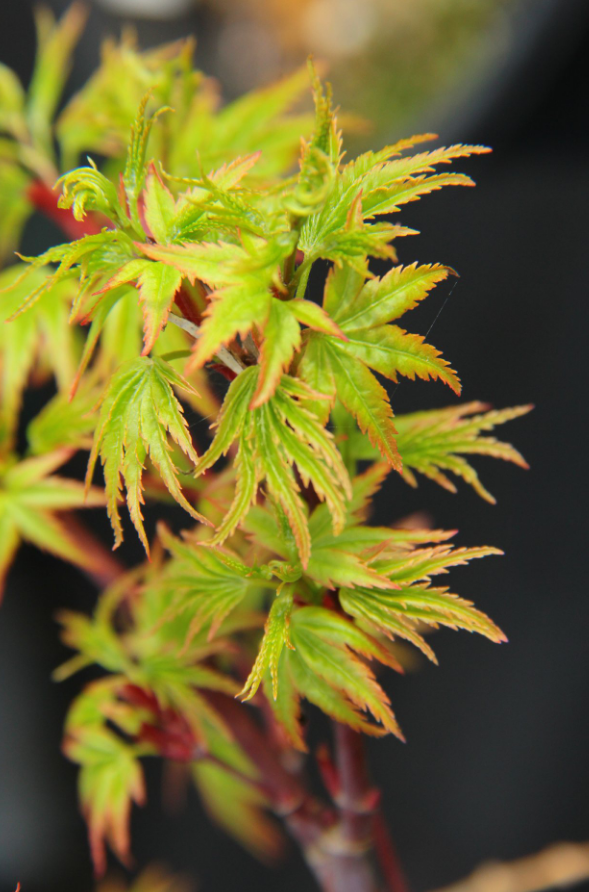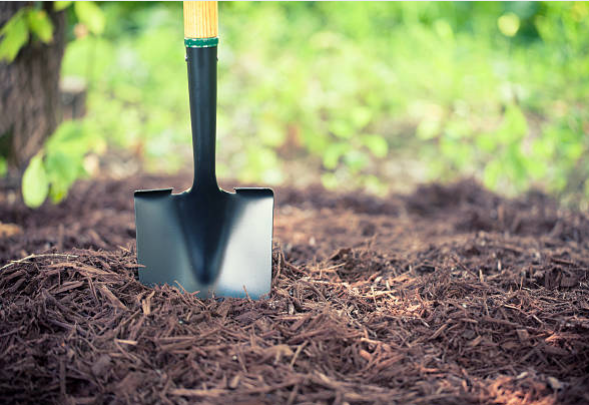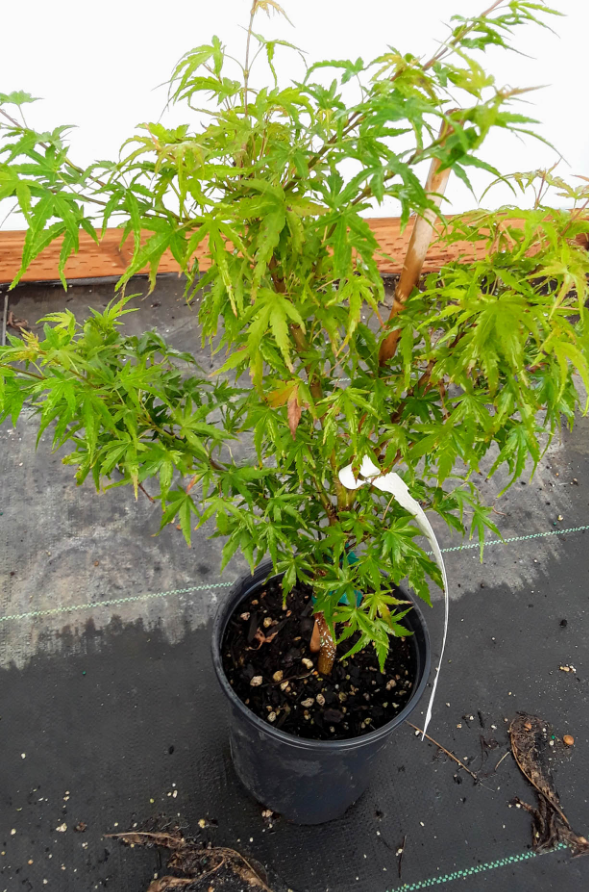Elegance in Miniature: Exploring the Beauty of Sharp’s Pygmy Japanese Maple
When it comes to adding a touch of elegance and serenity to your garden or landscape, few plants can rival the exquisite beauty of the Sharp’s Pygmy Japanese Maple. This diminutive tree, also known as Acer palmatum ‘Sharp’s Pygmy,’ is a true gem for both novice and experienced gardeners alike.
In this blog, we’ll delve into the world of Sharp’s Pygmy Japanese Maple, exploring its characteristics, care tips, and why it’s a must-have addition to your outdoor space.

Unveiling the Beauty of Sharp’s Pygmy Japanese Maple
Sharp’s Pygmy Japanese Maple is a unique and captivating cultivar of the Acer palmatum species. Unlike its larger Japanese maple relatives, this variety stays small, typically growing to a height of only 3 to 4 feet with an equal spread. Its compact size makes it perfect for gardens of any size, including small urban spaces and even containers.
One of the most striking features of Sharp’s Pygmy is its finely dissected leaves, which emerge in the spring with vibrant shades of red and orange. As the seasons progress, the foliage transitions to a deep green in summer before turning brilliant shades of red and orange again in the fall. This ever-changing display of colors adds drama and flair to any landscape.
Caring for Sharp’s Pygmy Japanese Maple
One of the reasons why Sharp’s Pygmy Japanese Maple is a favorite among gardeners is its ease of care. Here are some essential care tips to ensure this beauty thrives in your garden:
- Location: Plant your Sharp’s Pygmy in a spot that receives partial shade to protect it from harsh afternoon sun. Morning sun is ideal, as it allows the tree to develop its vibrant foliage colors.
- Soil: Japanese maples prefer well-draining soil with good organic content. Amending the soil with compost or organic matter can help improve its texture and fertility.
- Watering: Keep the soil consistently moist, especially during the growing season. However, avoid waterlogged conditions, as Japanese maples are susceptible to root rot.
- Mulching: Apply a layer of mulch around the base of the tree to help retain soil moisture and regulate temperature.
- Pruning: Sharp’s Pygmy Japanese Maple has a naturally graceful shape, but you can prune it lightly in late winter to maintain its size and shape.
- Fertilization: Fertilize your tree in the spring with a balanced, slow-release fertilizer to promote healthy growth and foliage.

Why Choose Sharp’s Pygmy Japanese Maple?
There are several compelling reasons to consider adding Sharp’s Pygmy to your garden:
- Year-Round Beauty: With its ever-changing foliage and compact size, this tree offers visual interest throughout the year.
- Adaptability: It’s suitable for a wide range of climates and can even be grown in containers, making it accessible to gardeners with limited space.
- Low Maintenance: Once established, Sharp’s Pygmy requires minimal care, making it a great choice for busy gardeners.
- Landscape Versatility: Whether you want to create a focal point in your garden or add an accent to your landscape design, Sharp’s Pygmy Japanese Maple is a versatile choice.
- Unique Aesthetic: Its finely dissected leaves and captivating colors set it apart from other trees and shrubs, adding a touch of uniqueness to your outdoor space.
In conclusion, Sharp’s Pygmy Japanese Maple is a small tree with a big impact. Its captivating beauty, ease of care, and versatility in garden design make it a sought-after choice for many garden enthusiasts.

Whether you’re an experienced gardener or just starting your gardening journey, the Sharp’s Pygmy Japanese Maple is a plant that can bring year-round elegance and charm to your outdoor space. So, consider adding this stunning cultivar to your garden and enjoy the beauty it brings for years to come.
